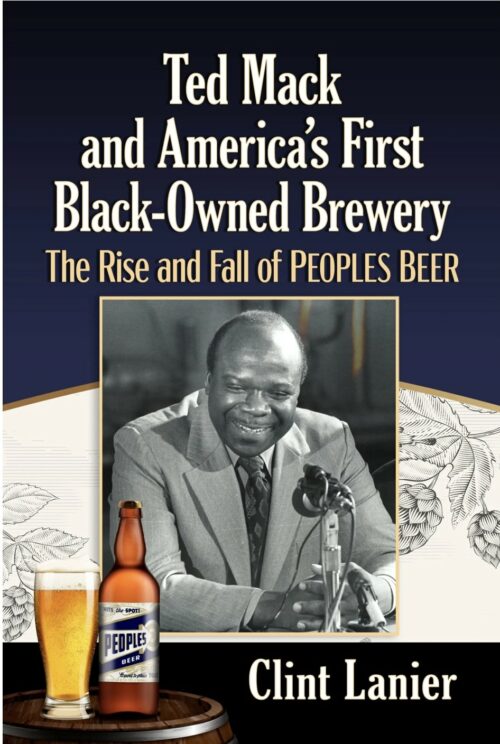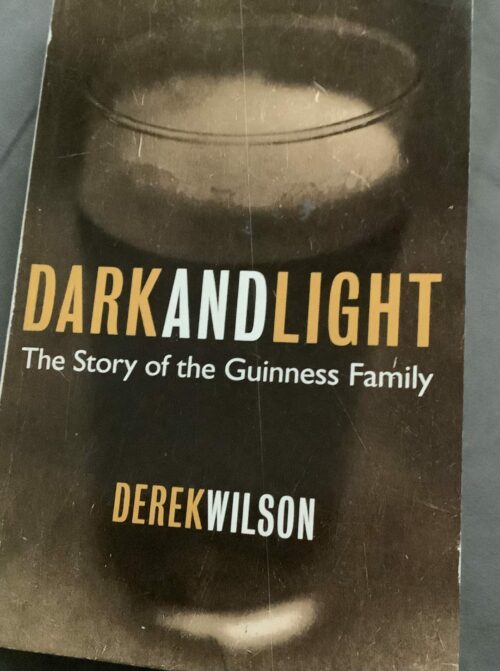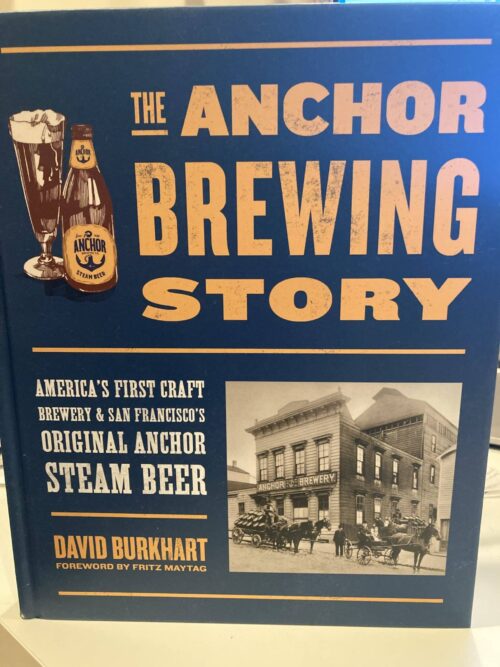Do you know who the owner of the first black owned brewery was? I didn’t. But if you read Clint Lanier’s book about Ted Mack and Peoples Brewing like I plan to, then we will both learn some beer history.

Here is a teaser of the story:
“Born a sharecropper in rural Alabama in 1930, Theodore A. (Ted) Mack, Sr., fought in the Korean War and then played football at Ohio State while earning a college degree. Brewing and selling beer, he believed, would be just another peak to attain. After all, it couldn’t be more challenging than his experience in organizing buses to the March on Washington or picketing segregated schools in Milwaukee. This is the story of Mack’s purchase of Peoples Brewing Company in Oshkosh, Wisconsin. Though he had carefully planned for the historic acquisition, he underestimated the subtle bigotry of Middle America, the corruption of the beer industry, and the failures of the federal government that plagued his ownership. Mack’s ownership of Peoples Brewing is an inspirational story of Black entrepreneurship, innovation and pride at a time when America was at an important racial justice crossroads.”
Strangely, this book is in paperback at a first edition hard cover price, so Kindle may be the way to go. But I would suggest plumping for the actual book at a smaller local bookstore if you can.








